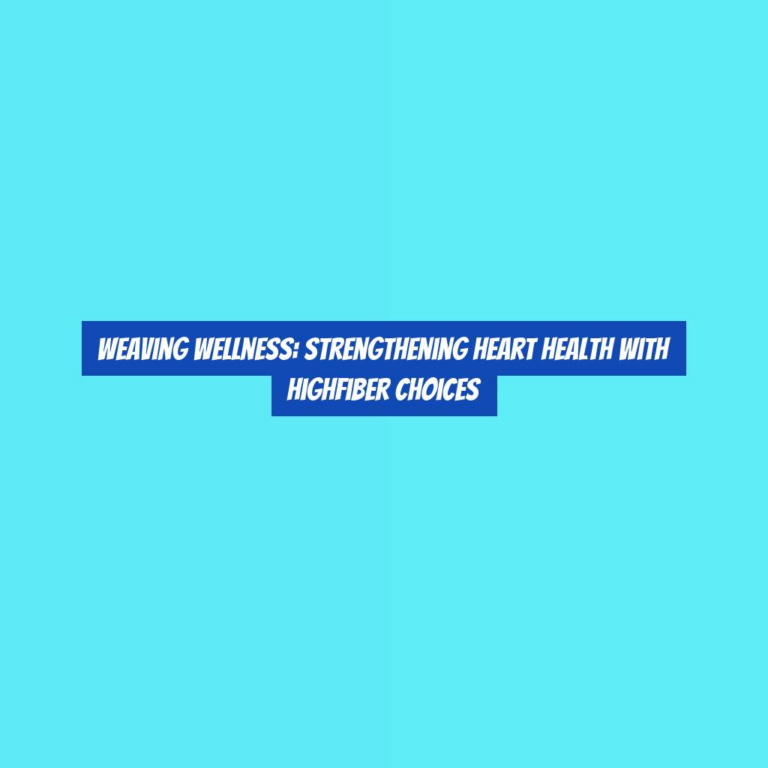Dive into Health: Exploring the Dietary Approaches of the DASH Diet
So, youG??ve tried every fad diet out there, from juicing to keto, and now youG??re left wondering if thereG??s a more sustainable approach to improving your health.
Well, look no further. The DASH diet, known for its ability to lower blood pressure and promote overall heart health, might just be the answer youG??ve been searching for.
But before you dismiss it as just another trendy diet, you might want to take a closer look. This approach to eating is backed by solid research and offers practical, achievable guidelines that could potentially transform the way you think about food and health.
Origins of the DASH Diet
The origins of the DASH diet can be traced back to the National Heart, Lung, and Blood Institute (NHLBI) and its research on hypertension and dietary patterns. In the early 1990s, the NHLBI conducted a series of clinical studies to investigate the effects of different dietary approaches on blood pressure. These studies aimed to identify a diet that could effectively lower blood pressure and reduce the risk of hypertension-related complications.
The initial research focused on the impact of nutrients such as potassium, calcium, and magnesium, as well as overall dietary patterns, on blood pressure levels. During these studies, researchers observed that certain dietary patterns, particularly those rich in fruits, vegetables, whole grains, and low-fat dairy products, were associated with lower blood pressure.
Based on these findings, the NHLBI developed the Dietary Approaches to Stop Hypertension (DASH) eating plan. The DASH diet emphasizes the consumption of nutrient-dense foods and limits the intake of sodium, saturated fats, and cholesterol.
This evidence-based approach to nutrition has since gained recognition for its effectiveness in promoting heart health and overall well-being.
Key Principles and Guidelines
Building on the origins of the DASH diet, understanding its key principles and guidelines is essential for implementing this dietary approach effectively. The DASH diet emphasizes a balanced intake of nutrients to promote overall health and lower blood pressure. The key principles revolve around consuming a variety of nutrient-dense foods, including fruits, vegetables, whole grains, lean proteins, and low-fat dairy products. These foods are rich in essential nutrients such as potassium, calcium, protein, and fiber, all of which play a crucial role in maintaining a healthy body and managing blood pressure.
Guidelines for the DASH diet include reducing sodium intake, limiting processed foods, and moderating alcohol consumption. The diet encourages individuals to be mindful of portion sizes and to aim for a diet thatG??s low in saturated fats, cholesterol, and refined sugars. Additionally, it promotes incorporating physical activity into daily routines to enhance the dietG??s effectiveness.
Adhering to these key principles and guidelines can lead to improved heart health, better weight management, and an overall healthier lifestyle. By following the DASH diet, you can take proactive steps towards optimizing your well-being and reducing the risk of chronic diseases.
Health Benefits and Research Findings
Exploring the health benefits and research findings of the DASH diet reveals its effectiveness in improving heart health and managing blood pressure. Numerous studies have shown that following the DASH diet can lead to significant reductions in blood pressure, making it an important dietary approach for individuals with hypertension. Research has also demonstrated that this diet can lower the risk of developing heart disease, stroke, and other cardiovascular conditions. Additionally, the DASH diet has been associated with improvements in cholesterol levels, with an emphasis on reducing LDL (bad) cholesterol.
Furthermore, studies indicate that the DASH diet may have favorable effects on weight management and overall metabolic health. By promoting the consumption of nutrient-dense foods such as fruits, vegetables, whole grains, lean proteins, and low-fat dairy products, the DASH diet can contribute to better weight control and reduced risk of obesity-related conditions.
Practical Tips for Implementation
When incorporating the DASH diet into your lifestyle, focus on gradually increasing your intake of fruits, vegetables, whole grains, lean proteins, and low-fat dairy products. Start by adding an extra serving of fruits or vegetables to your meals each day. Swap out refined grains for whole grains like brown rice or quinoa. Choose lean proteins such as chicken, fish, or legumes, and opt for low-fat dairy products like yogurt and skim milk. ItG??s also important to reduce your intake of sodium by flavoring your food with herbs and spices instead of salt.
Another practical tip for implementing the DASH diet is to plan your meals ahead of time. This can help you incorporate the recommended food groups and make healthier choices. Additionally, be mindful of portion sizes. Even healthy foods can lead to weight gain if consumed in large quantities.
Lastly, make gradual changes to your eating habits. Rome wasnG??t built in a day, and similarly, sustainable dietary changes take time. By making small, manageable adjustments, you can successfully adopt the DASH diet and reap its numerous health benefits.
Delicious DASH Diet Recipes
To enjoy the benefits of the DASH diet while savoring delicious meals, explore these flavorful and nutritious recipes that align with its principles.
-
Combine cooked quinoa, cherry tomatoes, cucumber, red onion, Kalamata olives, and feta cheese in a bowl.
-
Drizzle with a mixture of olive oil, lemon juice, and dried oregano.
-
Toss gently to combine and refrigerate for an hour before serving.
-
Marinate chicken breasts in a mixture of lemon juice, garlic, olive oil, and fresh herbs such as rosemary and thyme.
-
Grill the marinated chicken until fully cooked and golden brown.
-
Serve with a side of steamed vegetables for a complete and satisfying meal.
-
Berry and Yogurt Parfait
-
Layer Greek yogurt with mixed berries (such as strawberries, blueberries, and raspberries) in a glass.
-
Sprinkle granola on top for added crunch and fiber.
-
Drizzle with a touch of honey for natural sweetness.
These recipes not only adhere to the DASH dietG??s recommendations but also promise a delightful culinary experience.
Conclusion
So, if youG??re looking to improve your health through your diet, the DASH diet is definitely worth considering.
With its focus on plant-based foods, limited sodium intake, and overall balanced approach, itG??s no surprise that this diet has been recommended by health professionals for years.
By incorporating the principles and guidelines of the DASH diet into your daily routine, you can work towards bettering your health and overall well-being.
Plus, with the delicious recipes available, itG??s a tasty journey to better health.





